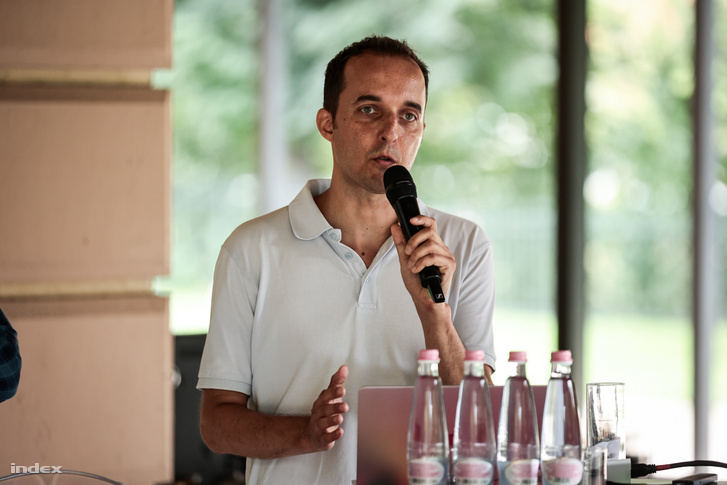Bécsben jártunk a 13. alkalommal megrendezett Duna Régió Stratégia (EUSDR) Éves Fórumán.
A Duna régióra vonatkozó uniós stratégia (EUSDR) 14 Duna menti országot kapcsol össze, ahol több mint 110 millió ember, azaz az Unió lakosságának egyötöde él. Az együttműködés célja a régió összefűzése, megerősítése, illetve a környezetvédelem és a jólét megteremtése. Ennek megfelelően kiemelt figyelmet kap a mobilitás, a fenntartható energiahasználat, a vizek minősége, a biológiai sokszínűség, az összefogás, a tudás alapú társadalom kialakítása és a versenyképesség támogatása is.





Dávida Eszter, a DANU ügyvezetője a „Művészet és Kultúra” workshop főelőadójaként inspiráló hazai és nemzetközi példákat mutatott be a Duna menti kulturális ökoszisztémák fejlesztéséről. Eszter a New European Bauhaus nemzetközi szakértőjeként felhívta a figyelmet az alulról és felülről induló, összehangolt urbanisztikai kezdeményezések fontosságára. Eszter a DANU urbanisztikai projektjeiben és a KÉK igazgatójaként már évek óta foglalkozik a Duna menti településekkel.
English version
We attended the 13th Annual Forum of the EU Strategy for the Danube Region (EUSDR) in Vienna. The EU Strategy for the Danube Region (EUSDR) connects 14 Danube countries, home to more than 110 million people, one-fifth of the Union’s population. The goal of this cooperation is to integrate and strengthen the region to enhance environmental protection and prosperity. Accordingly, special attention is given to mobility, sustainable energy use, water quality, biodiversity, cooperation, the development of a knowledge-based society, and competitiveness.
Eszter Dávida, the CEO of DANU, was the keynote speaker at the „Art and Culture” workshop, where she presented inspiring Hungarian and international case studies on the development of cultural ecosystems along the Danube. As an international expert for the New European Bauhaus, Eszter highlighted the importance of coordinated urban initiatives starting from the bottom up and top down. Eszter has worked with cities and towns along the Danube for several years through urban projects at DANU and KÉK, where she is a director.







